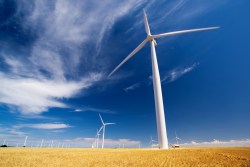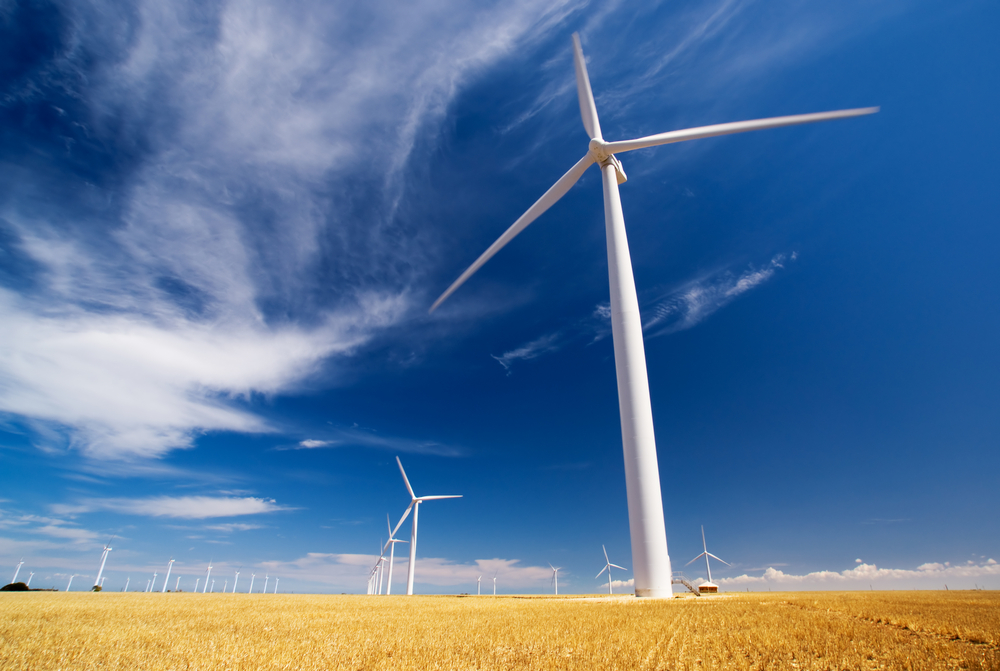
ShutterstockWatch out, they’re coming to get you. Or are they?
South Australian cattle farmer David Mortimer allowed wind turbines to be built on his property in 2004. Now he says the turbines have made him ill.
“Mostly I’ve had sleep-related problems,” Mortimer told The Guardian. “At night I get a deep rumbling sensation in my head which makes it hard to get to sleep. I also get a pulsing in my heart that does not correlate to my heartbeat. It gives me an acute sense of anxiety and arrhythmia that goes on for days.”
Are the wind turbines making Mortimer sick? Or has he been fooled by anti-wind activists into thinking that he is sick?
Simon Chapman, a professor of public health at Sydney University, says it’s the latter. He led a team of four scientists that concluded that ailments afflicting some people who live near wind farms — often described as “wind turbine syndrome” or “vibro-acoustic disease” — are merely “communicated diseases.”
That is not to say that the symptoms are faked, but that the disease is not real.
Chapman’s report was published last week on Sydney University’s website. It was not peer-reviewed or published in a journal before it was posted online.
Chapman’s team compared the histories of wind energy, wind energy-related health complaints, and anti-wind energy activism in Australia, and concluded that the symptoms are triggered only after somebody hears that such a disease exists. Then, Chapman believes, they unwittingly convince themselves that they are afflicted.
From the report:
Only 120 individuals across Australia representing approximately 1 in 272 residents living within 5km of wind farms appear to have complained, with 81 (68%) of these being residents near 5 wind farms which have been heavily targeted by anti wind farm groups. …
In view of scientific consensus that the evidence for wind turbine noise and infrasound causing health problems is poor, the reported spatio-temporal variations in complaints are consistent with psychogenic hypotheses that health problems arising are “communicated diseases.”
According to Chapman, when windfarms started being built in Australia about 20 years ago some of the anti-wind lobby was driven by people who simply did not like the look of them.
“Then in about 2009 things started ramping up and these people discovered if you started saying it was a health problem, a lot more people would sit up and pay attention. It’s essentially a sociological phenomenon,” he said.
Far be it from anybody here at Grist to call an Australian cattle rancher a sook. But if Chapman is right, then the cure for wind farm-triggered diseases might be for wind opponents to just shut up.
Needless to say, the controversial and non-peer-reviewed finding is being challenged. “People are not getting sick because someone tells them they’re going to become unwell,” the head of an Australian group that opposes wind farms told The Guardian. “The evidence [that wind turbines can cause illness] hasn’t been collected because the research hasn’t been done.”


